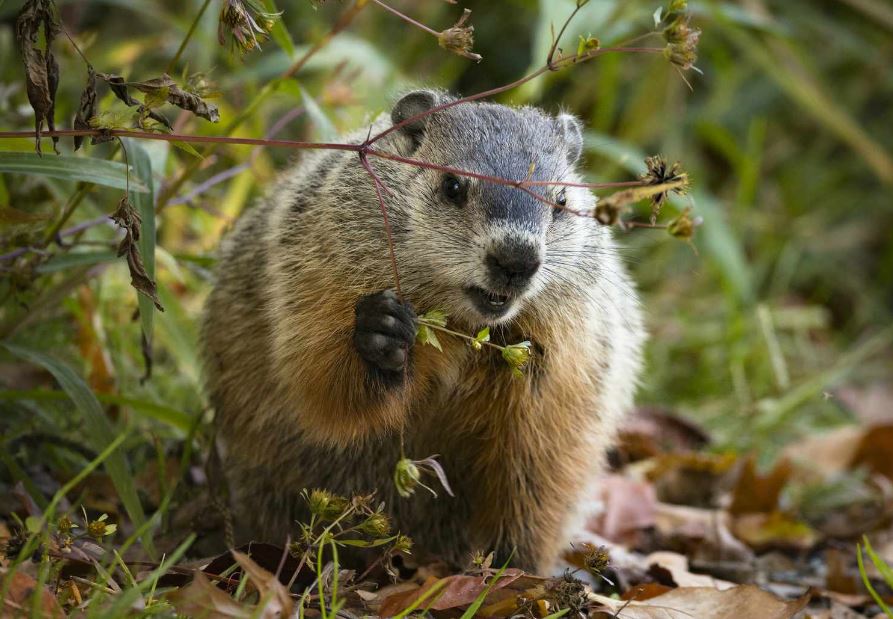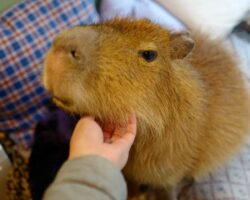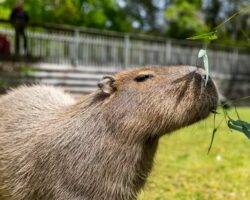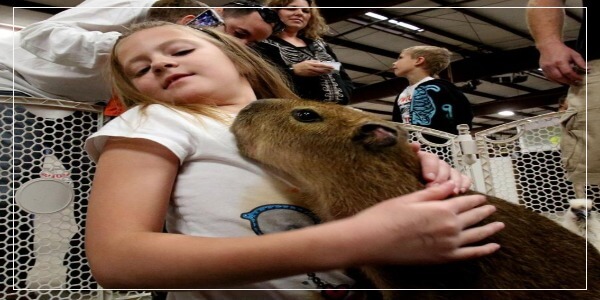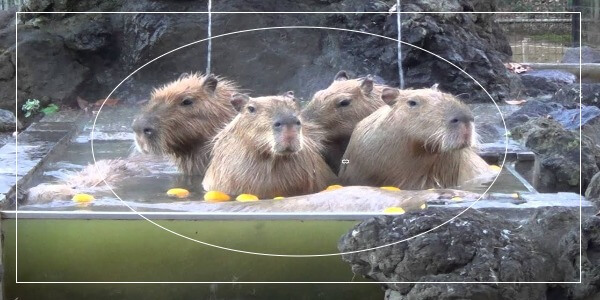Groundhogs, also known as woodchucks, are special creatures. They can be found in many places in North America, especially Canada and the Eastern United States. Some groundhogs have also been found in the Alaska area.
Perhaps, you are wondering if these lowland creatures are rodents. If you say groundhogs are rodents, you are right. Groundhogs live inside burrows but they can also be found in meadows, streams, open fields, and forest edges.
This article seeks to share more facts about woodchucks. If you are a lover of the wild, consider reading this article to know more about this rodent.
Are Groundhogs Classified As Rodents?
Groundhogs are like the larger species of squirrels but they shouldn’t be seen as squirrels because they are rodents.
Unlike the capybaras, groundhogs prefer living alone in their burrows, which serve as a hiding place from predators and other threats.
Groundhogs are often called whistle-pigs. They are mammals and come from the Rodentia family like other rodents. They are omnivores but consume a lot of plants and vegetation.
The following characteristics show why groundhogs are rodents:
1. Body Shape

Rodents typically have round bodies. Take a look at rats, mice, squirrels, and other popular rodents you know about, they have one thing in common – rounded body shape.
Groundhogs also have a rounded body shape. While they are larger than some of the most common rodents, their rounded body shape makes them look like rodents.
2. Coat
Groundhogs have fur coats on their bodies. Their body shape and features are similar to most rodents. Also, they have a bushy tail.
3. Teeth
One of the surest ways to identify a rodent is by its dentition. Rodents tend to have ever-growing incisors that keep growing throughout their lifetime.

Rodents like the capybara and the guinea pig have this characteristic. Their teeth never stop growing and sometimes, the teeth can get longer than the mouth. Grasses are abrasive, so these rodents feed on a lot of grasses and plants to regulate teeth growth.
For groundhogs, they also have a set of ever-growing teeth. Rodents can grind their teeth against each other to keep them sharp. If they don’t do this, their teeth can overgrow and grow into their brains.
4. The Toe Count
Almost all rodents have the same toe count. They do have four front toes and five hind toes. This is a common feature for rodents, including mice and rats. Groundhogs also have this feature, they have four front toes and five hind toes, showing they are rodents.
Top 10 Groundhog Facts You Must Know
1. They Are Closely Related To Squirrels
You may not be unaware that groundhogs and squirrels are related. Groundhogs are rodents of the genera Marmota, which is closely associated with the squirrel family. Marmots are related to squirrels, and this explains why several people call groundhogs giant ground squirrels.
2. Their Name ‘Woodchuck’ has No Correlation With Wood
Groundhogs have several names. While some call them whistle-pigs, others may choose to call them land beavers or woodchucks. The name ‘whistle-pig’ was given to them due to their trait of delivering short-term, high-pitched whistles.
However, the name ‘woodchuck’ has nothing to do with wood. It is not like the rodent eats wood or prefers living inside the wood. It is just a special name used to identify the animal.
3. They Are Solitary Animals
Groundhogs do not live in groups. Just like their cousins, prairie dogs, and woodchucks prefer living alone and being on their own. They do things on their own without external help or aid.
On the other hand, rodents like capybaras tend to live together in groups known as ‘herds.’ A herd can contain up to 10 to 20 capybaras. Sometimes, the group membership may grow beyond this number and peak at 50 or even 100, especially during the dry season.
Groundhogs typically come together when they are ready to mate. For this to happen, a male groundhog must search for a female counterpart who is ready.
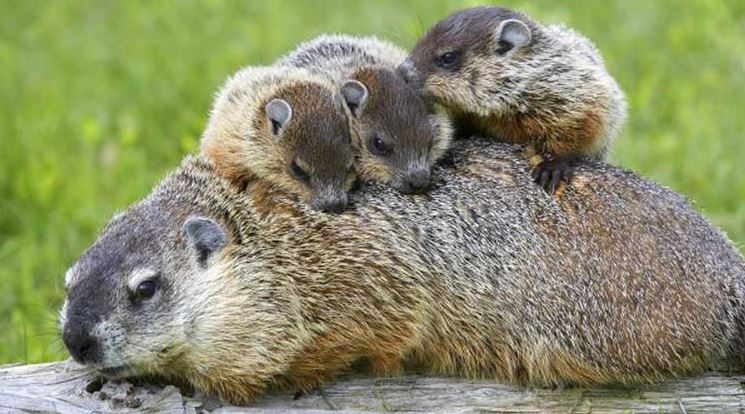
When female groundhogs give birth, they tend to feed and nurse their young ones. After a while, the young groundhogs are weaned and released to be on their own.
4. They Build Great Homes
Groundhogs are smart animals. They don’t just build a shelter but a great home for themselves. The groundhog lives in a burrow, which can measure anywhere from 8 to 66 feet long.
These rodents construct plenty of compartments and chambers. While building burrows, they create sections for different purposes.
They can have a burrow for sleeping, another one for hibernating, one for resting, another burrow for defecation, another for emergency exit, and another for entrance. These animals are impressive with the way and pattern of building their burrows.
5. They Are Trouble for Farmers
While groundhogs are creative and skillful in making burrows, they can be problematic to farmers and people who do farm work.
Firstly, groundhogs prefer eating tender, young plants and can raid an entire farm, damaging crops and reducing crop yield. They go for greens, corn, soybeans, and cabbage, and eat any good crop they can find.
Making lots of burrows underground will create problems for farmers with mechanized tools, as their tractors can break an axle while riding over them. Many farmers consider rodents as pests and do everything possible to get rid of them in their farms.
6. They Go Into Sleep Mode
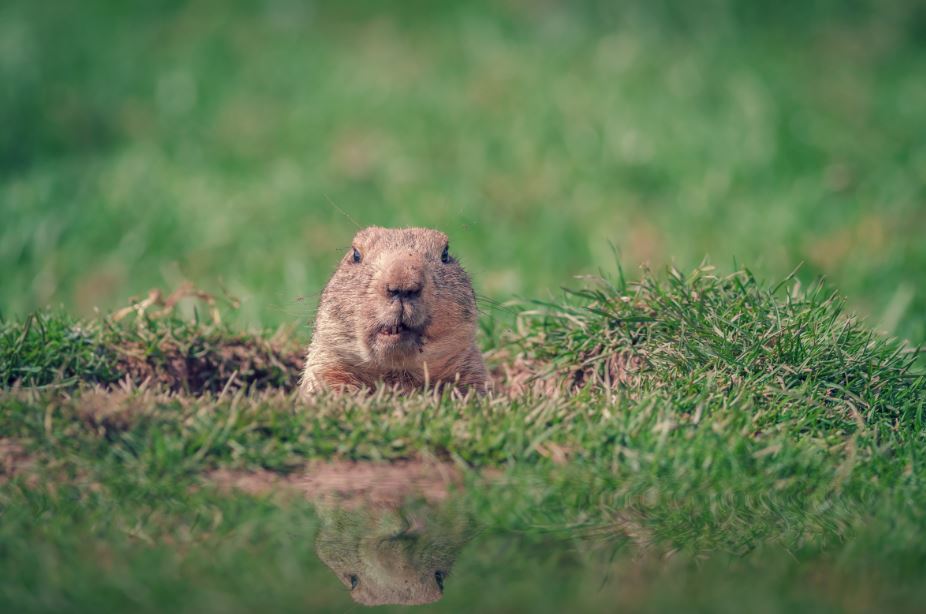
Groundhogs are known for hibernating in their burrows. These rodents can sleep and keep their body system in a dormant state. When this happens, their temperature and heart rate drops more than usual.
They are true hibernators. This hibernation process can happen from late fall to late winter or early spring. Groundhogs can hibernate up to 12 or 20 times during the hibernation season. True hibernators can reduce their body temperature below 68 degrees Fahrenheit (20 degrees Celsius).
Also, they have the ability to reduce their body temperature to as low as 41 degrees Fahrenheit and their heart rate to around 5 BPM. As for groundhogs, they can make their body temperature fall to five degrees Celsius.
They can go into hibernation mode multiple times. They may do this once a week and then wake up after 3 or 4 days before going back to torpor.
7. They Wake Up Early For Love
After coming out of hibernation, male groundhogs begin preparing for mating. They typically hibernate from late fall for around three months, and by the time they wake up, it is the cold season.
Waking good in the old season is a good reason to come out of hibernation. That’s when they initiate their reproduction cycle. Upon waking up, the male groundhogs come out of their burrows and search for females.
For every territory owned by a male groundhog, there are female burrows around. So even the males face competition among themselves to find females to mate with.
Early into the new year (February), male groundhogs move around making house calls to female burrows. They survey the area and go from burrow to burrow searching for females.
They mate with any female that is ready. However, if they can’t find the potential females, they return to their burrows sleep for another month, and come out in early March to mate again.
8. They Are Time Conscious
Groundhogs do not have a clock or timer in their burrows but they understand times and seasons. These rodents tend to know when to go into hibernation when to come out, when to mate, when to produce offspring, the best places to survive, where to hide, when to evade predators, and so on.
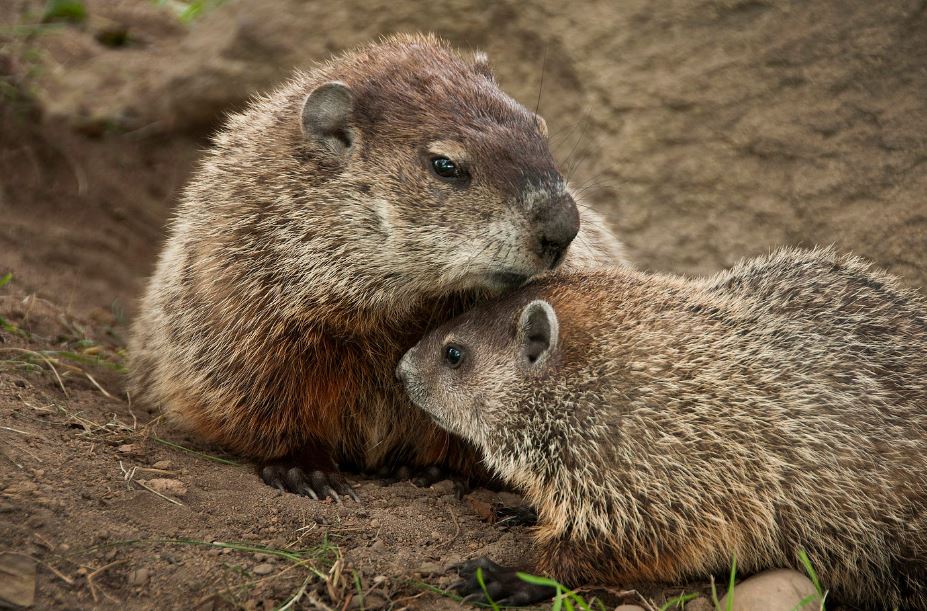
A groundhog who couldn’t mate in February but mates in March isn’t late at all. Most mating takes place in early March. However, if their babies are born too late, they may not have enough weight to battle for the winter season and if they are conceived too early, their mothers may not have enough food to feed them.
The woodchuck have great timing and they trust their instincts enough to know the right activity for every season.
9. They’re Filling In For Hedgehogs
Groundhog Day is a day or period when groundhogs enjoy fame and attention in the United States. There are several reports about how Groundhog Day originated.
However, the concept is believed to have been borrowed from the Germanic tradition of Candlemas Day, a Christian feast that commemorates and honors the purification of the Virgin Mary and the presentation of her son, Jesus in the temple.
According to folklore, a sunny Candlemas Day translates to a longer winter. All across Europe, the animal used for this festival was a badger or hedgehog. These animals were used to predict the weather to know if winter would come or not.
Years ago when the Europeans set foot in the United States, they couldn’t find hedgehogs to use for the festival so they used the groundhogs instead.
10. There is an Agenda to Replace Them With Robots
Not many people are happy with the way woodchucks are displayed and paraded on Groundhog Day. In fact, some animal rights groups have moved to stop the culture. They argued that shy animals like groundhogs should not be displayed or have their natural hibernation cycle interrupted.
While groundhogs are used to predict future weather outcomes, PETA is attempting to replace the rodents by creating smart robot groundhogs with AI technology that can detect shadows.
Conclusion
Groundhogs are rodents and can be kept as pets. They are great timers, creative burrow makers, and strong swimmers. Before keeping a pet groundhog in your house, ensure to prepare a good enclosure or area for the rodent as it can potentially damage your property if left to itself.
It turns out groundhogs are celebrated on the 2nd February of every year across the United States – Groundhog Day. On this day, people turn to groundhogs to predict the weather. If the groundhog sees its shadow, it means that there winter will be longer by six weeks.
There are several fascinating rodents to know and the groundhog is one of them. Perhaps, you just got to know about this animal, you may not be surprised to know they are rodents from their teeth and body composition.

